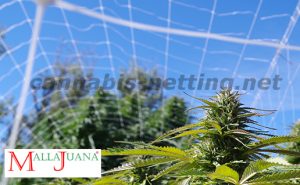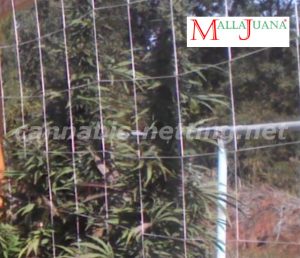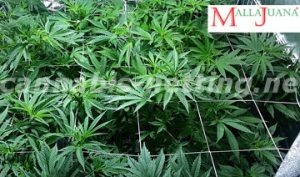Growth of Cannabis
Cannabis in general is a tall plant species and looks very much like pine trees at first sight. They are characterized by a small bud on top and a small cola at each branch end.
They are ideally grown outdoors so that subsequent and necessary sunlight is provided for their growth. As the sun shines through the day, from east to west, all branches of these tall specimens receive enough sunlight for proper growth and nourishment. Thus growing of cannabis outdoors requires very little attention and is somewhat a very convenient cultivation habit.
But the situation is entirely different in the case of indoor cultivation of cannabis. They grow less healthy because of the inconsistent pattern of sunlight throughout the day. When growing Cannabis or any crop indoors, the sunlight exposure is stationary or even over a certain area but not at all inconsistent throughout the structure of the plant. A person cultivating cannabis indoors should also ensure that the canopy is evenly distributed. Thus, growing cannabis indoors is a quite challenging task while its outdoor cultivation could not be easier.
Use of cannabis netting
As indoor cultivation of Cannabis requires some methods to account for its drawbacks, we generally incorporate cannabis netting or trellising for these crops. This is mainly incorporated for spreading the sunlight evenly and uniformly resulting in better plant growth. The main idea is to develop the plant canopy into a more uniform one thus establishing the structural aspects for a uniform spread of sunlight. These cannabis nettings cause the plant structure to grow sideways instead of vertically upwards leading to the desired effects.
Thus the underlying concept is to mimic the original or outdoor sunlight exposure so that these plants can grow naturally and to its full potential. This is done by brining all top nodes of each branch to equal distances from the light source. All this has proven benefits and statistics show a subsequent increase (up to 30%) in yield of indoor cannabis after employing these techniques. SCROG net, SOG net are some of the common products used for implementing cannabis netting indoors. And SOG netting is also a well known netting structure.
Steps to implement trellising or cannabis netting
Trellising is done for indoor crop cultivation. This is done to position branch nodes so as to provide a uniform distribution of sunlight throughout the plant structure. Once cannabis netting is incorporated, the specimen becomes immobile and is thus restricted to grow in a specified pattern. The whole process should start by the first stages of pruning and shaping them so that the subsequent steps mentioned below can be carried out. So once this is done, the following steps are carried out in the same exact order.
-
A trellising or netting is provided above the indoor cultivation of cannabis. This can be done with the help of proper material of nets which would create a solid structure without affecting the plants. Usually nylon or plastic are the materials preferred. Also ensure that no thin wiring is used as it can cause damage to the plant tissue. The basic idea is to create a grid like framework on which subsequent steps can be done. Buds and branches are weaved through these grids and a rigid setup would be the end result. Chain link fencing is the best option out there in terms of durability and quality, but its cost which is approximately 75 times as that of plastic ones does discourage many people from using them.
-
As the next step, we weave the branches through these grids. As these plants are constantly growing, they adjust themselves to their new growth pattern implemented using these structures. Once the plant grows taller, we should weave it further through existing gaps. All these steps provide an even distribution of sunlight for the cannabis crops.
-
Adjust the positions of these branches so that a single bud site is seen at each trellis hole. This ensures the best yield for the cannabis cultivation.
-
If possible, expand the cultivation by implementing a side canopy. This can be done by using vertical trellis on each side of the cultivation and following steps 1-3 to finish it up.

All these results in healthy and natural cannabis indoor farm i.e. a sea of green support system.